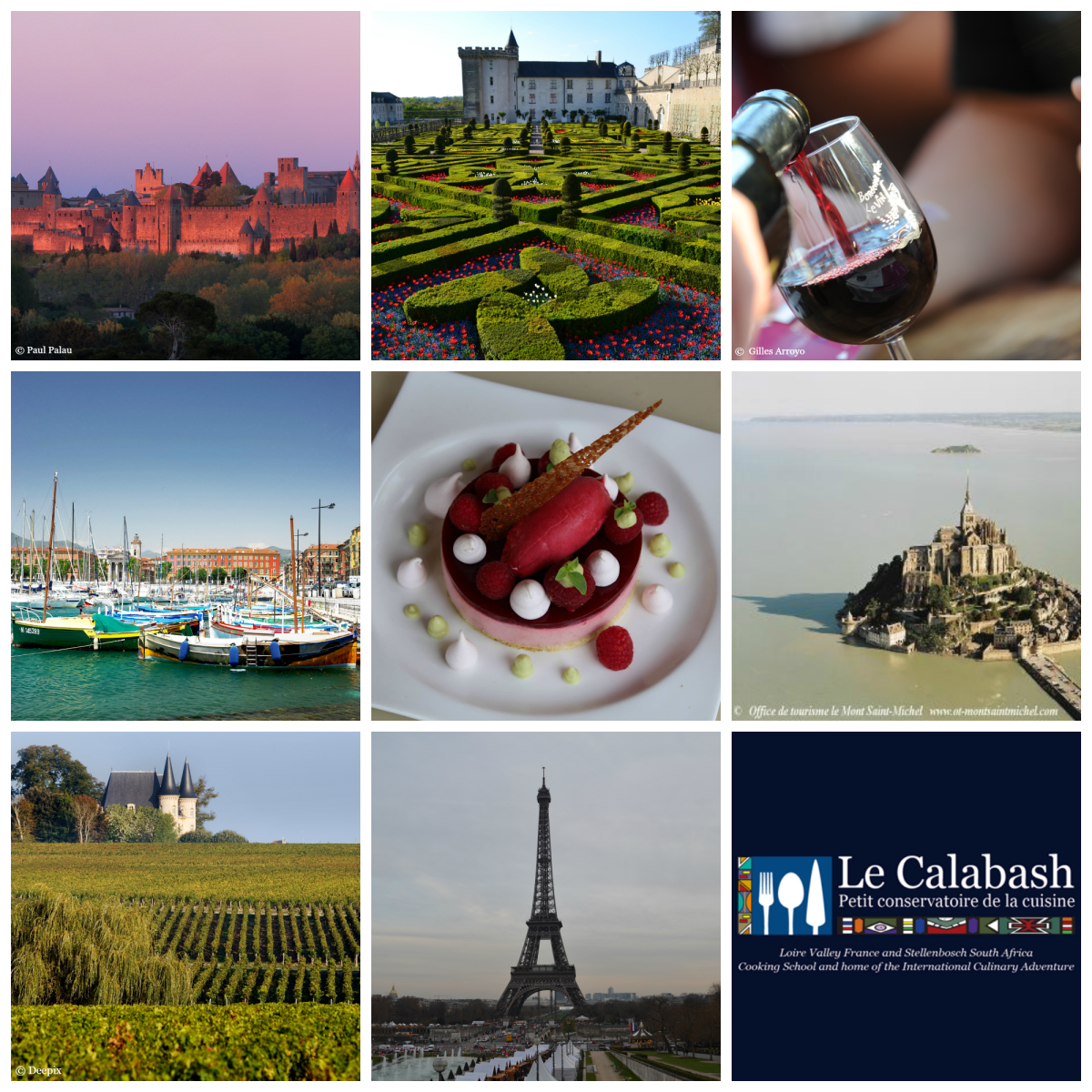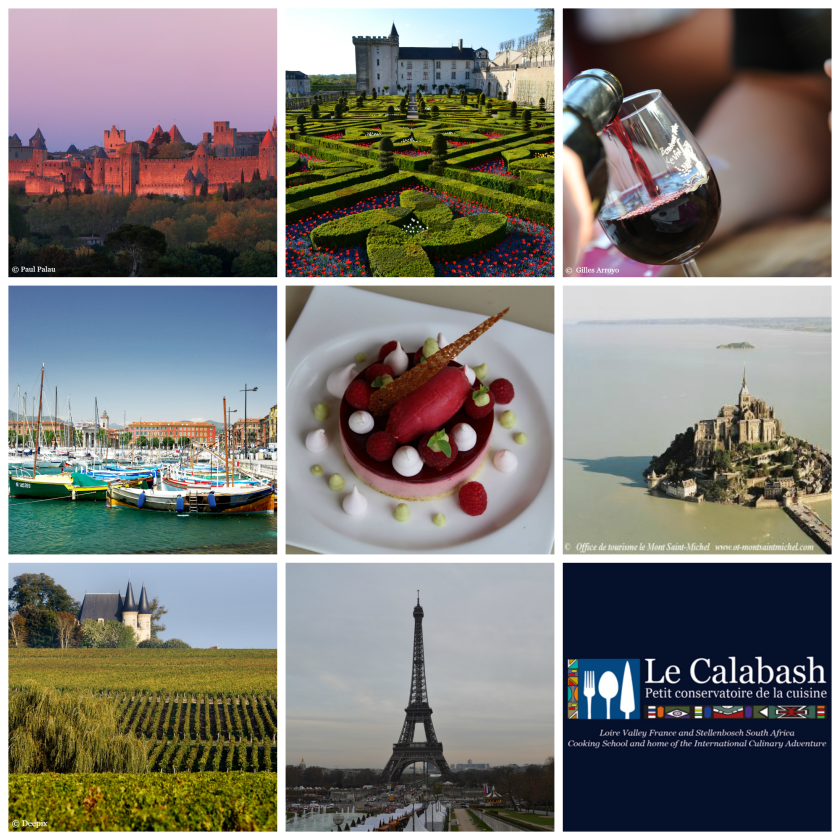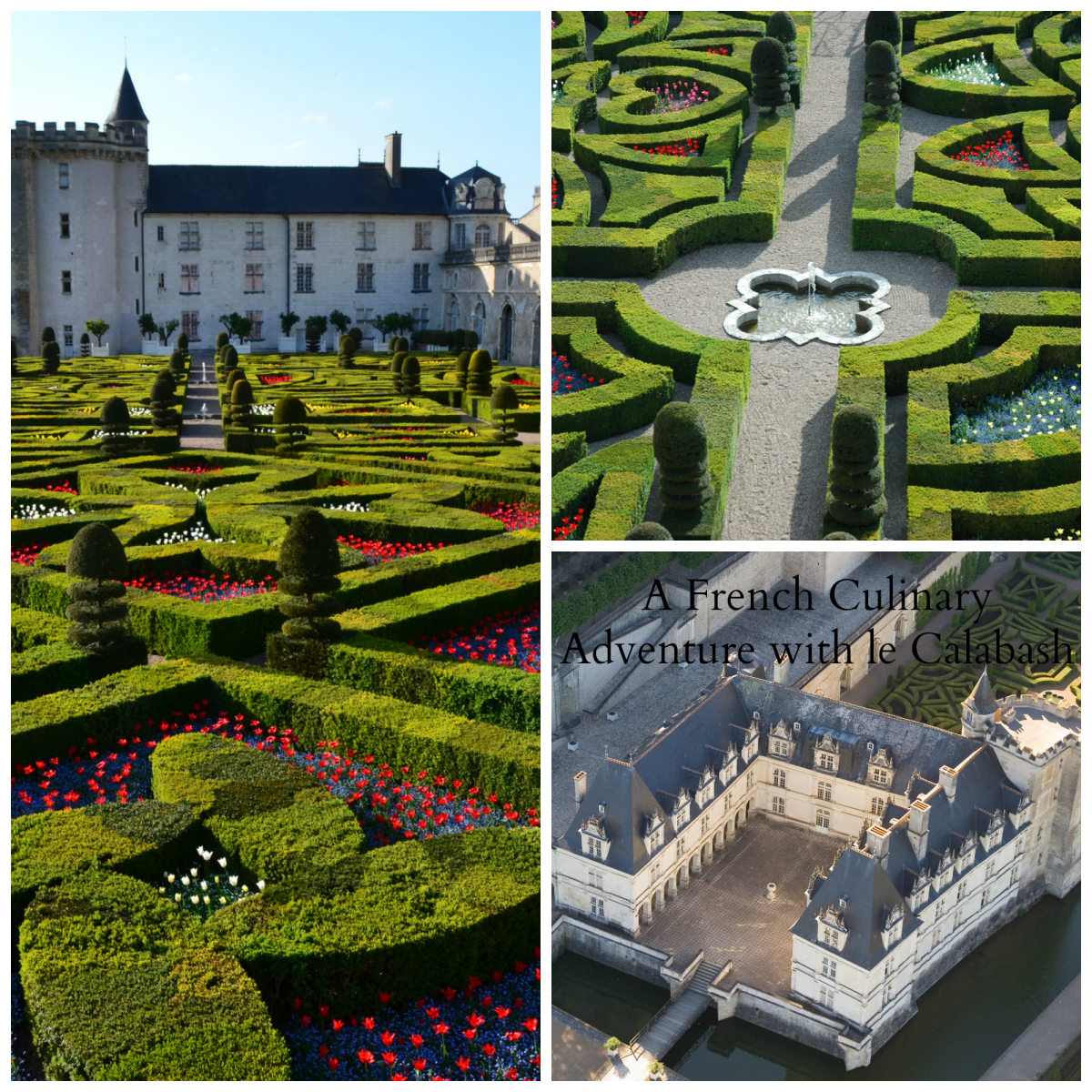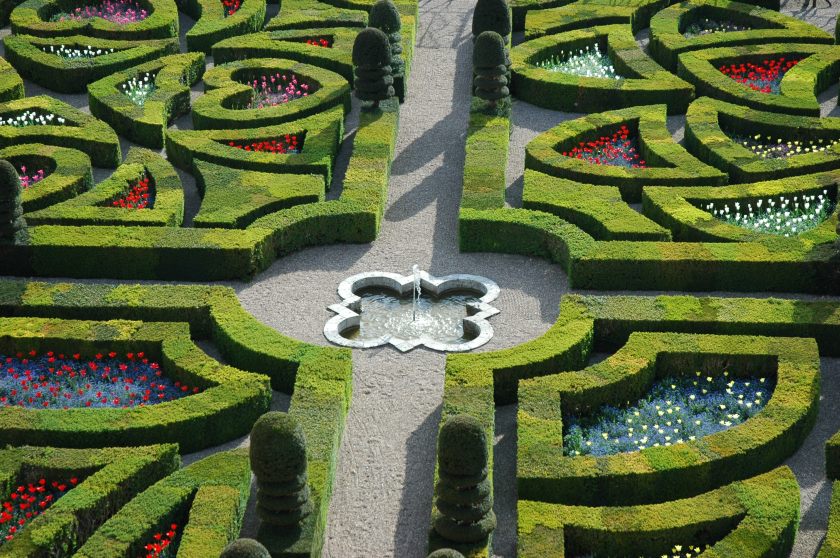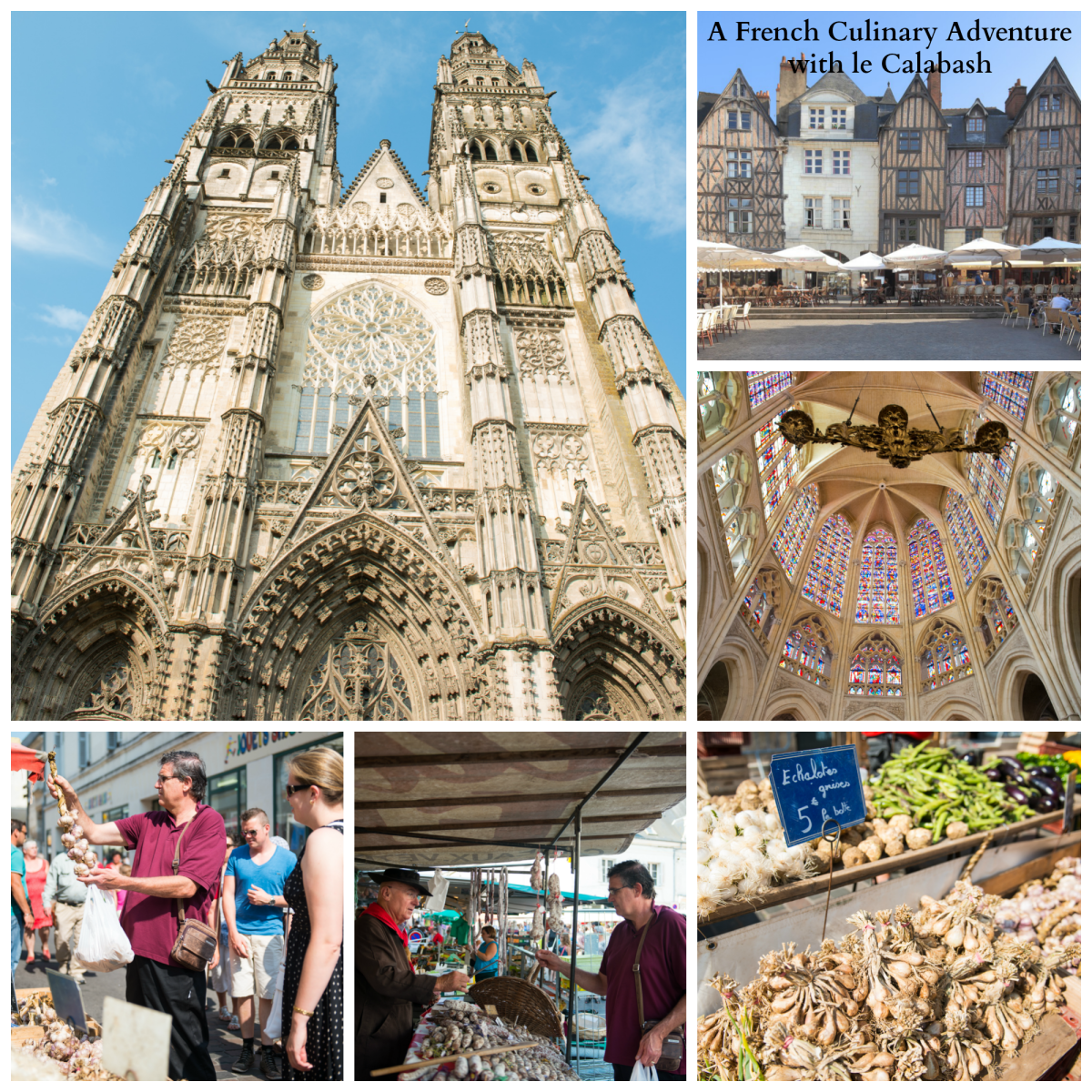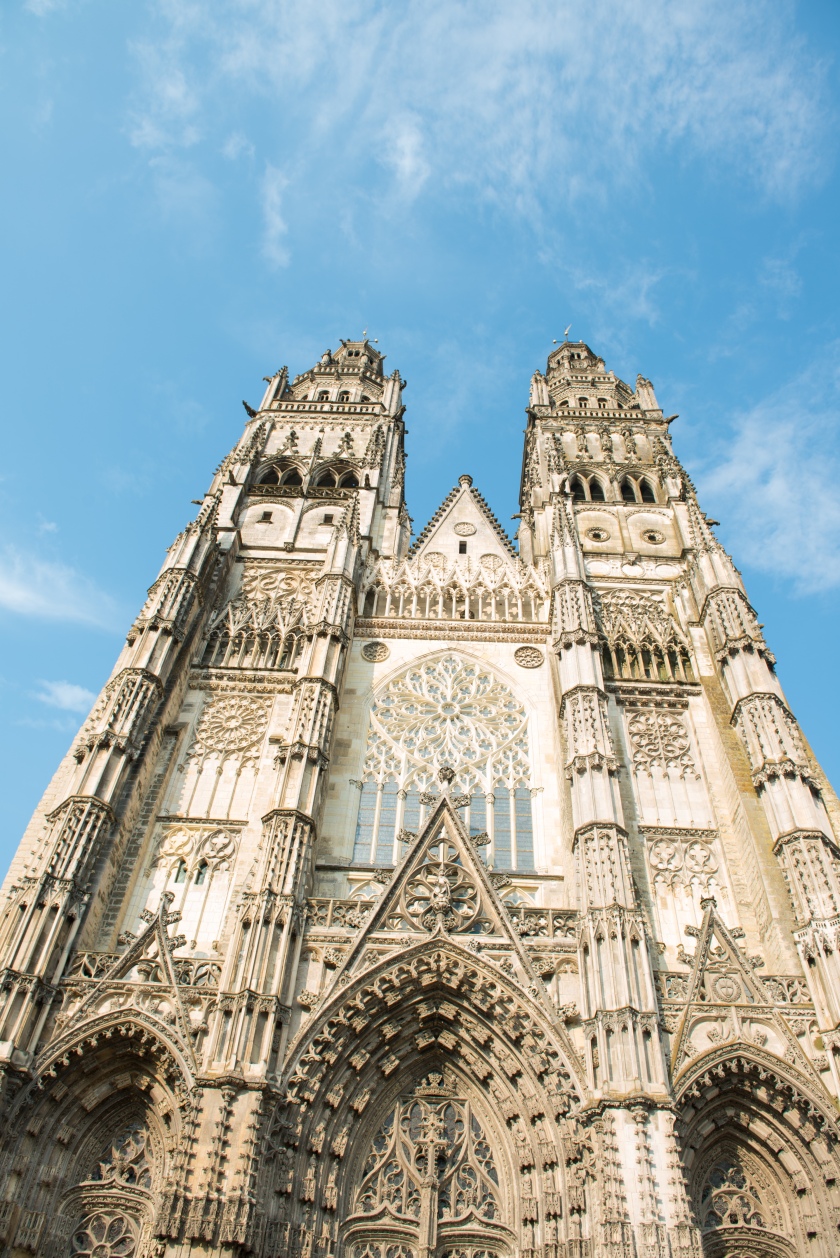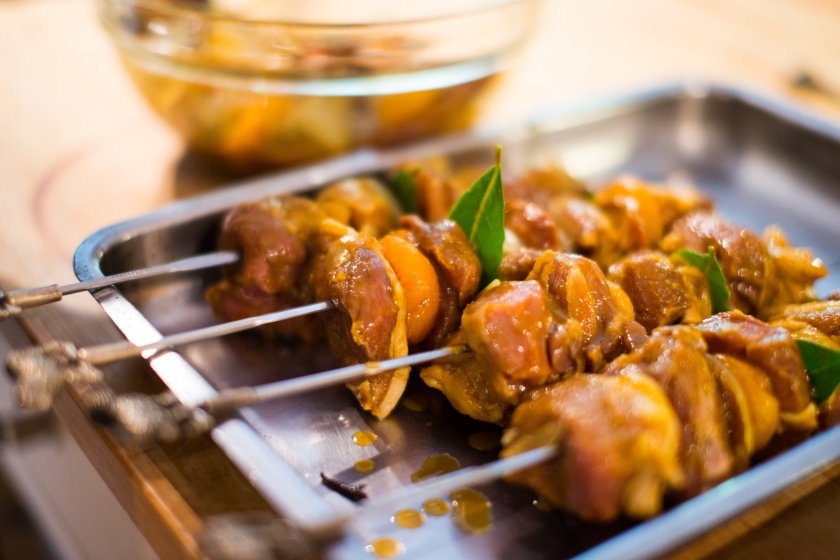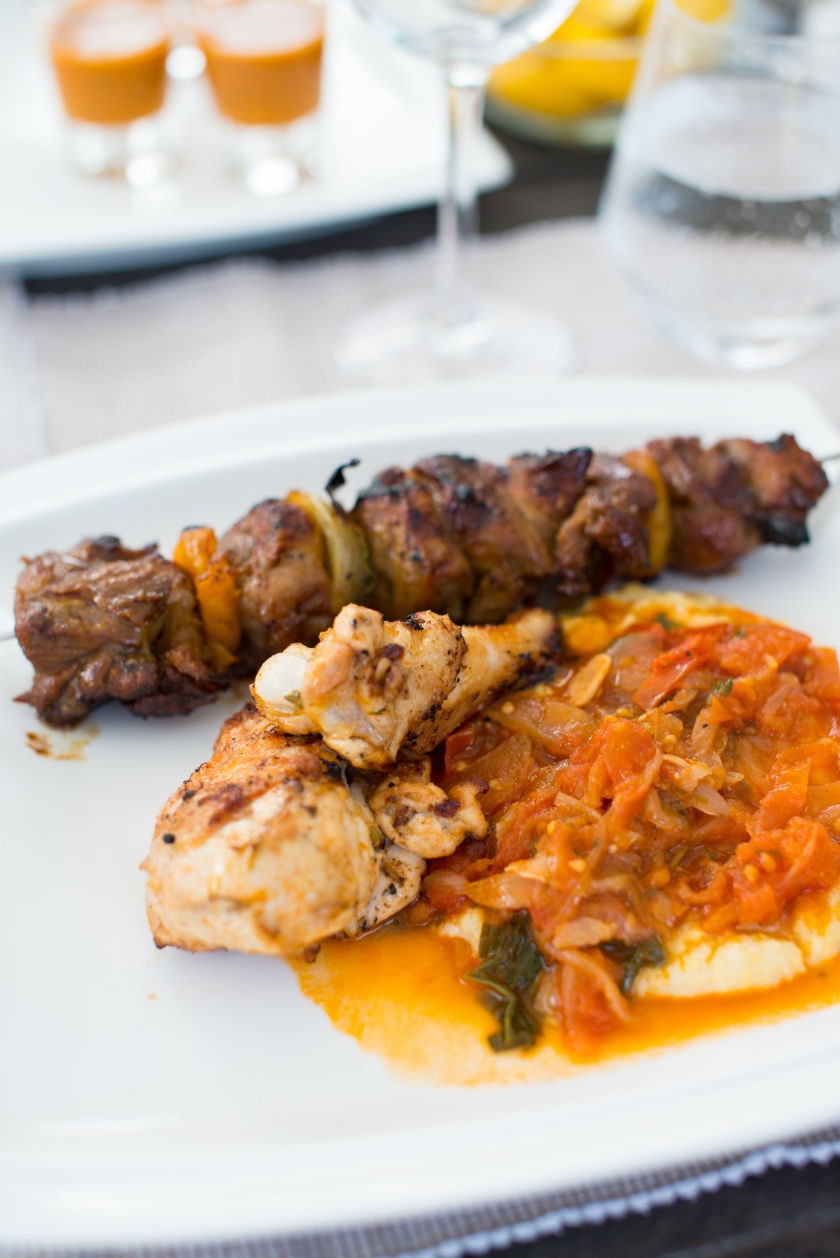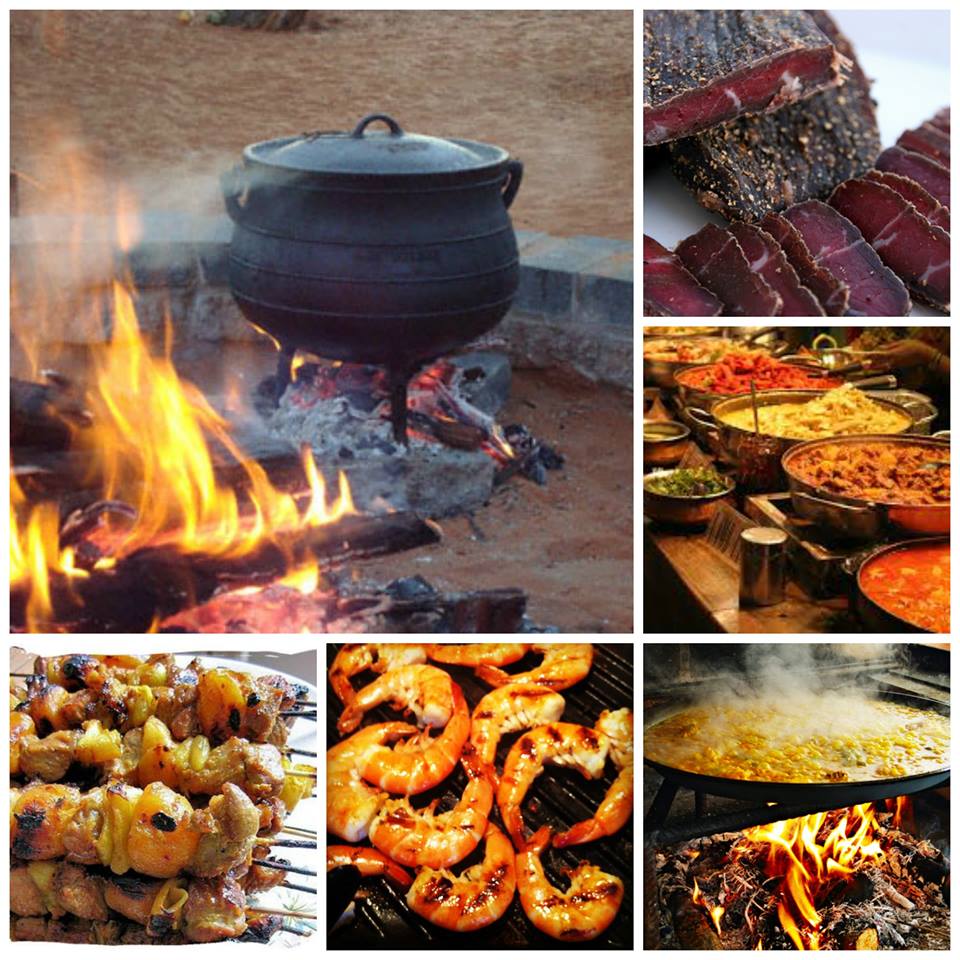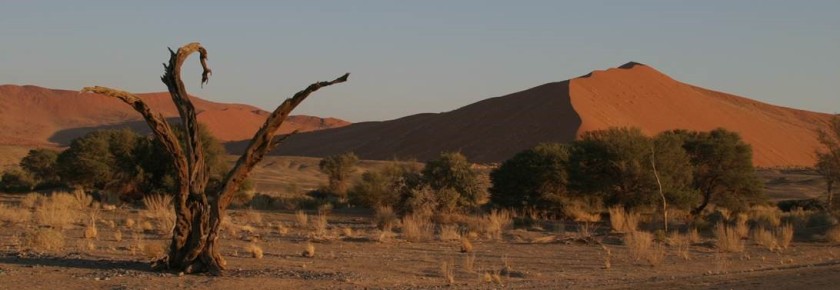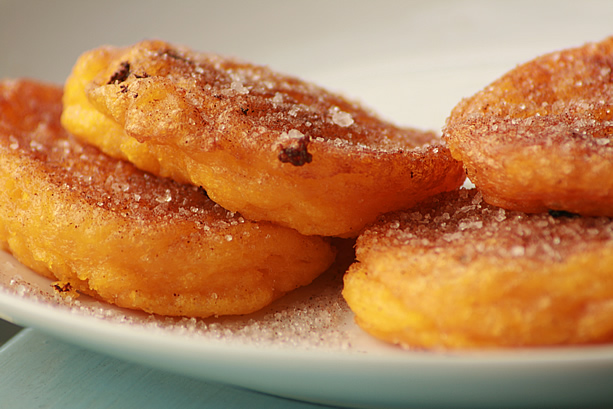The queen of spices took time to introduce itself to the French culinary scene. Then it was able, thanks to its lemony flavour and camphor, to attract chefs, pastry chefs and chocolatiers who have learned to manipulate its presence to tame its potential to overpower.
Origin
Both genera are native to India, the largest producer until the late 20th century.
The German coffee planter Oscar Majus Kloeffer introduced Indian cardamom to cultivation in Guatemala before World War I and by 2000 that country had become the biggest producer and exporter of cardamom in the world, followed by India. Some other countries, such as Sri Lanka, have also begun to cultivate it.
Elettaria pods are light green, while Amomum pods are larger and dark brown.
It is the world’s third-most expensive spice, surpassed in price per weight only by vanilla and saffron.
Known for thousands of years as a perfume and a medicinal plant, it was quickly used in cooking, particularly in pain d’épices from the twelfth century. It is the star of Indian and Asian cuisines, but it is also very popular in Africa and in Northern Europe, where it was discovered by the Vikings.
Finns, Norwegians and Swedes who use it in cured meats, pastries and hot drinks. In France, it was used for a long time in teas and infusions, but chefs and pastry chefs, thanks to their travels, integrate it more and more into savoury and sweet dishes.
Taste
The taste varies depending on the type of cardamom. The green one is considered as the most perfumed, is both peppery and lemony, and one to two capsules are sufficient to flavour a dish for four to six people. The black cardamom, named “grand cardamom” leans towards camphor and has a very strong flavour.
The white cardamom, obtained by the bleaching of the green, reveals a flavour of pine sap.
However, all of them bring an abundance of freshness into a dish.
The ‘le Calabash’ approach to working with Cardamom
Both Alison and Sidney use cardamom when they have the inspiration to introduce an Eastern flair into the dish they are creating. Alison believes that chocolate and cardamom is a marriage made in heaven and her Madagascan chocolate and Cardamom Macaron is an all-time favourite with ‘le Calabash’s’ French clientele.
Sidney, who grew up in Kwa-Zulu Natal says that he has known the cardamom from a young age and that each and every time he works with it, that it takes him back to his childhood and the flavours of a Durban Indian Curry.
In powder, cardamom loses its perfume quickly and given its expensive price, it is a shame to use it this way.
The seeds in the capsules must be used carefully to gain more taste. Roast them slightly in a pan or crush them before cooking them. For a long time, cardamom was used in shortbreads, madeleines, muffins, brioches, cakes and crumbles and also go well with pears, apples and citrus.
In the school, cardamom perfumes many pastries like panna cotta, macarons, flans, eclairs and is especially effective in flavouring lemon and chocolate cakes. Red fruits, cardamom and chocolate are a perfect marriage.
Take a ‘Walk on the Wild Side’ and explore working with this exotic spice in your kitchen more often.
www.lecalabash.com







